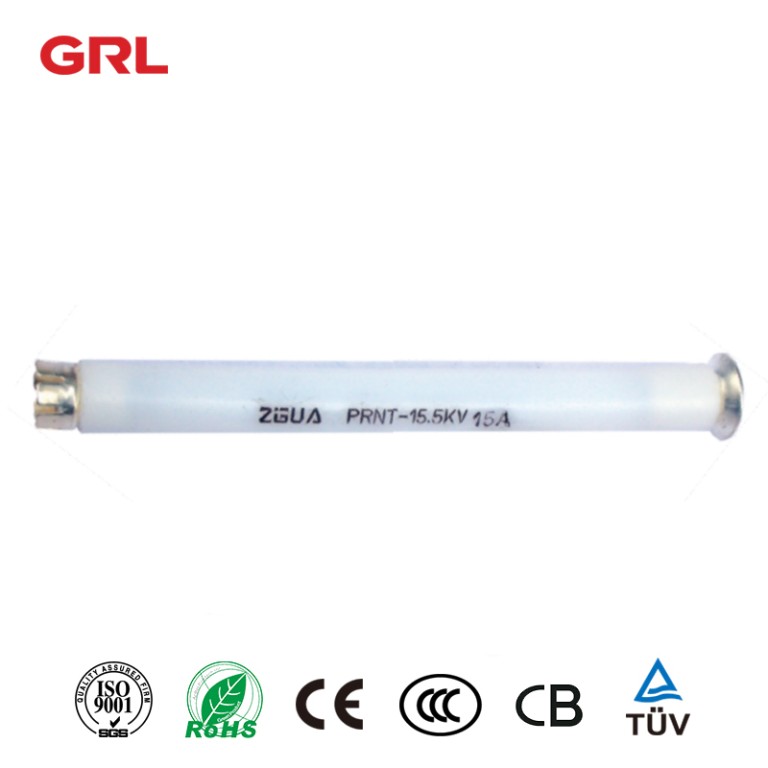What Defines a High Voltage Fuse?
A high voltage fuse is an essential component in electrical systems, designed to protect equipment and circuits from overcurrents and short circuits, especially in high voltage applications. Here’s a detailed overview of what defines a high voltage fuse:
Voltage Rating: High voltage fuses are designed to operate at higher voltages, typically above 600 volts. These voltages can range up to several kilovolts, depending on the application. This higher voltage rating distinguishes them from standard fuses used in residential or low-voltage commercial applications.
Current Rating: The current rating of a high voltage fuse indicates the maximum current it can safely carry without blowing. This rating must be carefully selected based on the normal operating current of the circuit it protects.
Interrupting Capacity: This is the maximum fault current that a fuse can safely interrupt without causing damage to the circuit or itself. High voltage fuses have a higher interrupting capacity to deal with the substantial energy associated with high voltage circuits.
Type of Fuse Element: The fuse element in high voltage fuses is usually made of materials like silver, copper, or zinc. These materials provide the necessary characteristics for efficient operation at high voltages, including melting properties and conductivity.
Arc Extinguishing Medium: High voltage fuses contain an arc extinguishing medium like air, oil, or vacuum. When the fuse blows, this medium helps to extinguish the arc that forms as the fuse element melts, preventing damage and ensuring safety.
Physical Size and Design: High voltage fuses are generally larger and more robustly constructed than lower voltage fuses. This design is necessary to handle the physical stresses produced by high voltage and current levels.
Application: These fuses are used in a variety of high voltage applications, such as in power transmission and distribution systems, substations, and in industrial settings where high voltage equipment is used.
Standards and Regulations: High voltage fuses must comply with specific industry standards and regulations to ensure safety and reliability. These standards dictate various aspects of fuse design, including size, material, and performance characteristics.
Protection Sensitivity: They are designed to be highly sensitive to overcurrent conditions, ensuring quick disconnection of the circuit to prevent damage to equipment and to maintain safety.
Selectivity: High voltage fuses are often used in coordination with other protective devices. They are selected for their ability to provide protection in a specific part of the circuit without affecting the entire system.
In summary, high voltage fuses are specialized devices designed to handle and protect electrical systems operating at high voltages. They are characterized by their higher voltage and current ratings, robust design, and specific materials and technologies that enable them to efficiently interrupt high current flows and protect against overcurrents and short circuits in high voltage applications.




